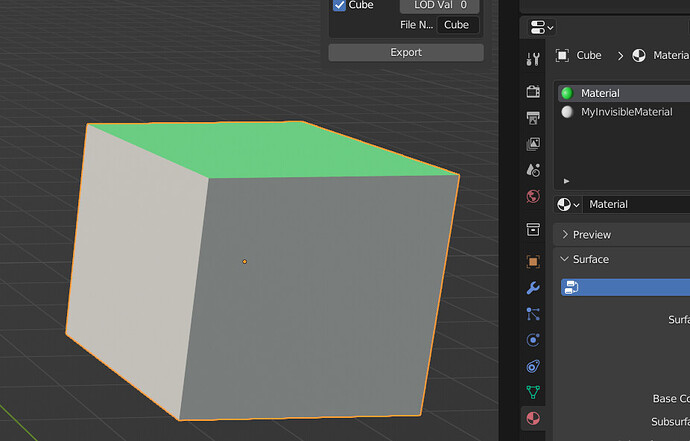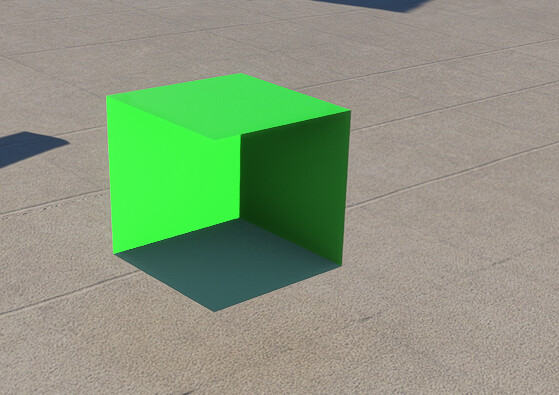For instance the documentation for Materials uses terms “sub-mesh” and “sub-material”. As a Blender user I have no idea what those mean. Is a “sub-mesh” perhaps simply the subset of faces of a mesh object that are assigned the same material? Is a “sub-material” perhaps simply just one of the materials in a mesh object?
And the talk about drawing order is a bit unclear. The documentation for the Windshield material says “Meshes with this type will be rendered after the transparent pass”, but a material is not a property of a mesh object. A material is a property of a subset (or all) faces of a mesh object. Does it mean that mesh objects that contain at least one Glass or Windshield material will be rendered in a separate pass? And that then implies that mesh objects with Glass and Windshield materials never should have any other types of materials in them?
The same goes for “The default material type. Meshes with this type will be rendered in the deferred rendering pass (Alpha Mode = OPAQUE) or in the transparent pass (Alpha Mode = MASK or BLEND).”. When this says “meshes”, does it mean those surfaces in a mesh object that has a material of the alpha mode in question, or does it imply that all surfaces in a mesh object should either have materials with Alpha Mode = MASK or Alpha Mode = BLEND? Very confusing.
For the Invisible material the documentation says: “This material will be used for non visible objects” Note it says objects, not surfaces. Does that mean that you can’t have just part of the surfaces in a mesh object using the Invisible material, it has to be all of the object? Or is it just carelessly written?

